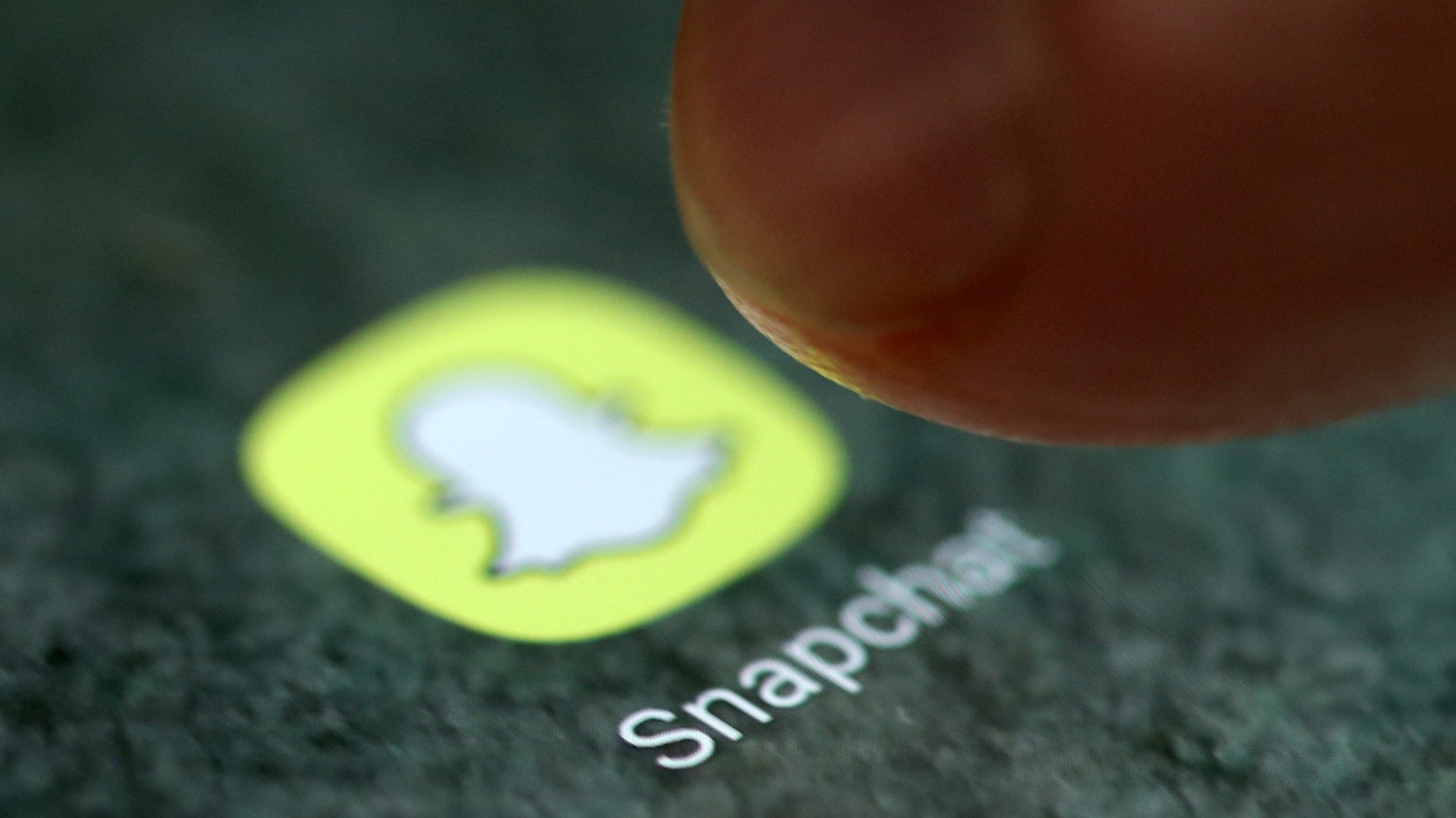Why Snapchat doesn’t see Chinese apps like TikTok as real competition in India
Snap Inc, which owns the popular multimedia messaging app Snapchat, hired its first Indian employee, Durgesh Kaushik, in April this year.


Snap Inc, which owns the popular multimedia messaging app Snapchat, hired its first Indian employee, Durgesh Kaushik, in April this year.
The former Facebook executive’s hiring, as head of market development in the country, is part of the US firm’s plan to expand its reach in the country. In October 2018, Evan Spiegel, the CEO of Snap had said that the company would now want to grow in markets like India and Brazil, following a significant drop in US users.
At 11.15 million, Snapchat’s current Indian user base is far behind rivals like Facebook (300 million) and even recent entrants like the Chinese app TikTok (120 million).
To attract more users, Snapchat launched in Hindi, Marathi, Gujarati, and Punjabi in April. “Snapchat launched ‘Discover’ (a feature to provide local content across genres including news, cultural and current affairs) last year and is now localising to engage and excite Snapchatters to share content in their own language,” the company had said.
Snapchat is also constantly launching filters (tools that can transform users’ selfies with special effects) and music discovery features for its Indian audience.
“We have collaborated with brands like JioSaavn. They can discover new music through their followers,” Kaushik told Quartz. “The app will use Snap’s Creative Kit, which allows developers to build custom stickers, filters, and other links. These can be shared from within the JioSaavn app to the Snap camera.”
However, its journey to the top in the country, will not be an easy one given the popularity of TikTok, and Facebook-owned Instagram.
Below are edited excerpts from Quartz’s conversation with Kaushik:
What is your vision for India?
One of the key focus of Snap Inc. will be to build a strong community by engaging with a target audience of high school and college students. Secondly, we will focus on strategic partnerships for localised content. We already have 20 partners who are producing content for us and we are looking to expand these partnerships. At present, the focus is on an India-centric product, for which, Snapchat has launched four different Indian languages on its platform.
Social media companies like Facebook and Twitter have been supporting content in several Indian languages, don’t you think Snapchat is a little late?
No. We are not in the content (consumption) game like others. We don’t consider ourselves a social media platform, but a communication platform. We are a camera company focused on visual communication between two people.
A lot has happened in the last few years in the digital space with the focus shifting to providing content and creating large friend networks. We intentionally stayed away from that because we are not a content consumption feed but an interactive platform.
Do you consider Chinese apps like TikTok pose serious competition in the Indian market?
They are not our competition as these apps have a different purpose. And as mentioned earlier, they serve the need for content consumption. Snapchat, on the other hand, lets you connect with your close friends or a group of selected users. We don’t want to encourage people to connect with billions of people like others do. These networks basically rank and organise content based on the interest of people whom a user is connected with. We stay away from that.
For instance, we don’t have a trend of likes and share, our content automatically vanishes after 24 hours. And we intend to continue with this business model.
Instagram recently launched a feature where users can share certain updates with just a few close friends. Is Snapchat planning any such features?
No, we don’t feel the need for it as we have features like “friendship profile.” To access the same, users can tap on their friend’s Snapchat account, and then they can see all the snaps and messages they have saved for them within the app.
Plus, on Snapchat, you can’t connect with a person, unless you have his or her unique user ID. In fact, when a user is recording a snap, the app asks, before posting it, if he or she wants to share it with certain users or send it to all. So, by default, it’s a closed group of friends. Close friends are the ones who matter when it comes to social interaction. We focused on it from the beginning. When you’re sharing on Snapchat, you are just sharing with your close friends.
Recently, many instances of data breaches across social media platforms have been reported. How secure is Snapchat and what steps are you taking to strengthen privacy?
We are constantly investing in measures to make Snapchat secure and safe. We have an approach which is privacy by design. We don’t let anyone contact you if that person isn’t added to your list. The only way one can share anything with the public is through the “our story” feature, which is also curated and moderated. It’s worth mentioning that it isn’t just algorithms, we moderate our content manually too.
Also, we don’t store unnecessary data of our users. We can provide the maximum experience to our users with less and basic data requirement.